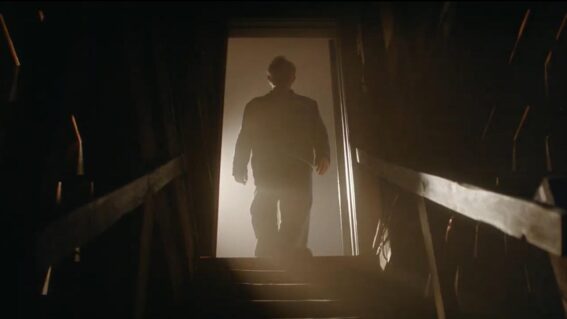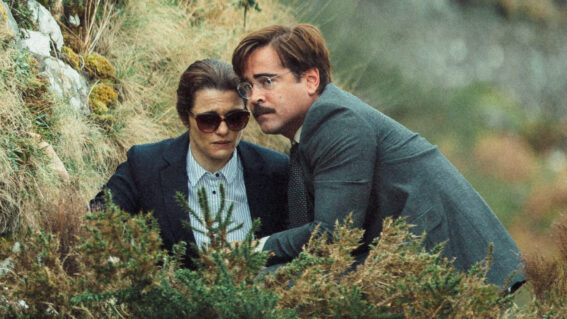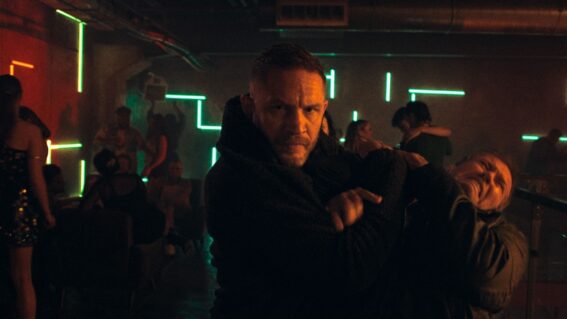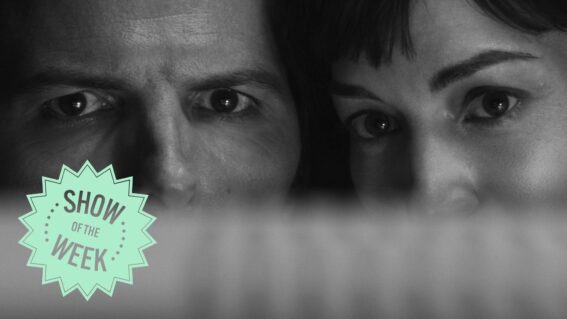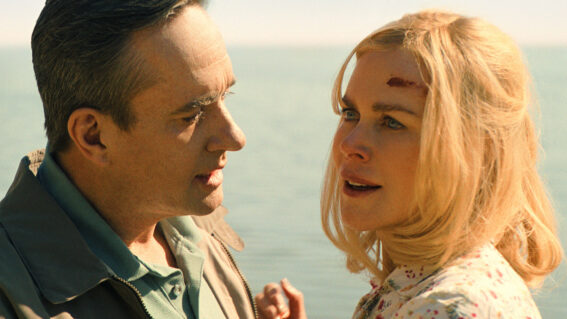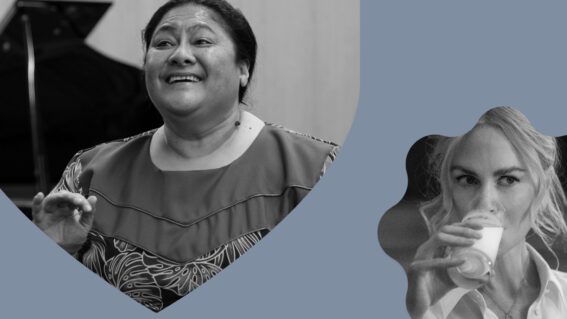Pettiness, violence, gorgeous gowns, and evil money collide in The Gilded Age
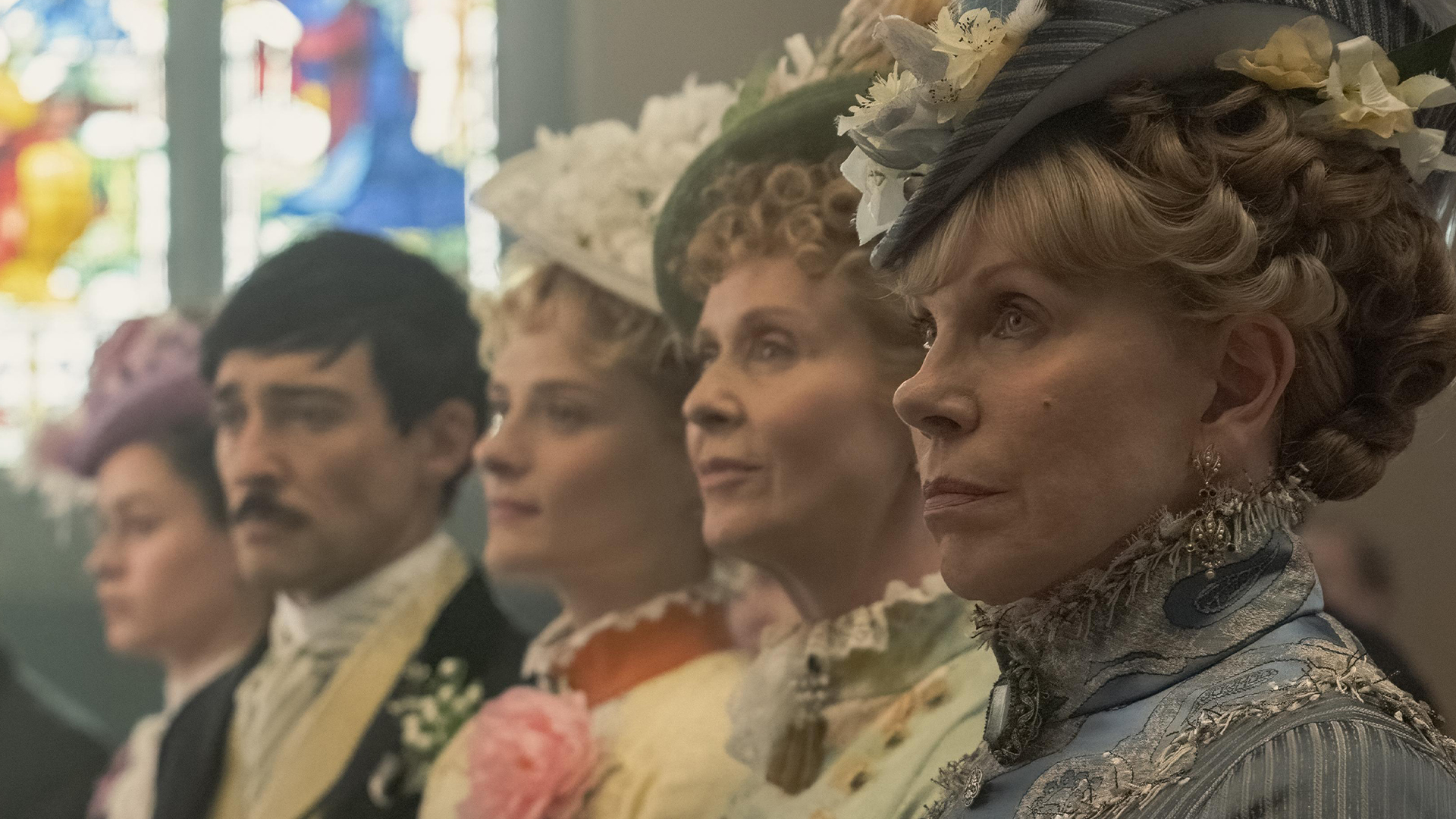
There’s more back-biting, side-eyeing, and rude whispers than you could ever ask for in season two of The Gilded Age. It’s a masterfully woven web of pettiness, violence, gorgeous gowns, and downright evil amounts of money, writes Amelia Berry.
In between his very important work systematising logical syntax and being wrong about ethics, Ancient Greek philosopher Aristotle once said “man is by nature a social animal; an individual who is unsocial naturally and not accidentally is either beneath our notice or more than human.” From Aristotle’s arch tone here, it’s pretty clear what he’s saying—to be human is to gossip, slander, tut-tut, and oh-I-say. Honestly, it’s a shame the man never got to read a Woman’s Day, it might have changed the course of history.
For those needing to reaffirm their humanity, Julian Fellowes’ new series The Gilded Age is back for its second season—packed with more back-biting, side-eyeing, and rude whispers than you could ever ask for.
For the unfamiliar, the Gilded Age refers to a period in the United States in the late 19th century characterised by blatant corruption, unchecked capitalist expansion, and fabulous materialism. Think robber barons, unthinkably opulent society luncheons, and getting shot by Pinkertons for being in a union. At the same time, it’s the America of Emily Dickinson, Henry James, and Mark Twain—an era that for better, or for worse, forged the culture and values of the modern USA.
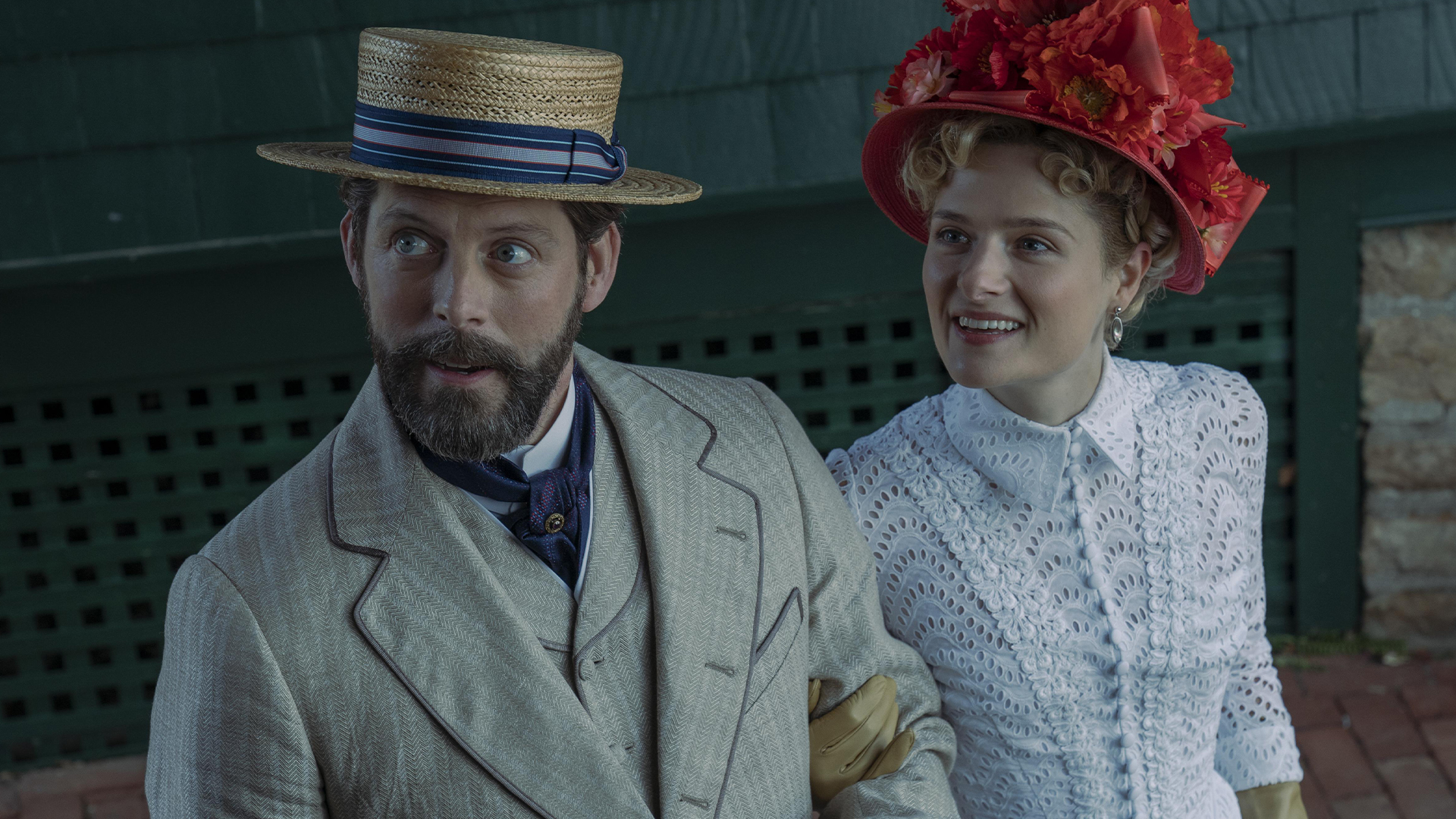
Season one of The Gilded Age told the story of Marian Brook (Louisa Jacobson in her debut screen performance). After Marian’s father dies, she finds herself penniless and forced to move from rural Pennsylvania to bustling New York City, moving in with her wealthy aunts Agnes (Mamma Mia!’s Christine Baranski) and Ada (Sex and the City’s Cynthia Nixon).
Through Marian’s naive eyes we experience the grandeur and grotesqueries of New York circa 1882—the strict social hierarchies, the preposterous pretences of the wealthy, the fateful struggle between the stodgy formalities of old-money aristocrats and the desperate pushiness of new-money entrepreneurs.
And, of course, there’s much gossip and scandal. Marian falls in love with Tom Raikes (Thomas Cocquerel from In Like Flynn), the social-climbing lawyer of her dead father, only for him to abandon her on the night of their elopement to run off with a swanky heiress. She’s also making all the wrong friends, entertaining all the wrong interests, and makes an absolute fool of herself by donating a bag of old shoes (!!!) to the wealthy black family of her friend Peggy Scott (UnREAL’s Denée Benton).
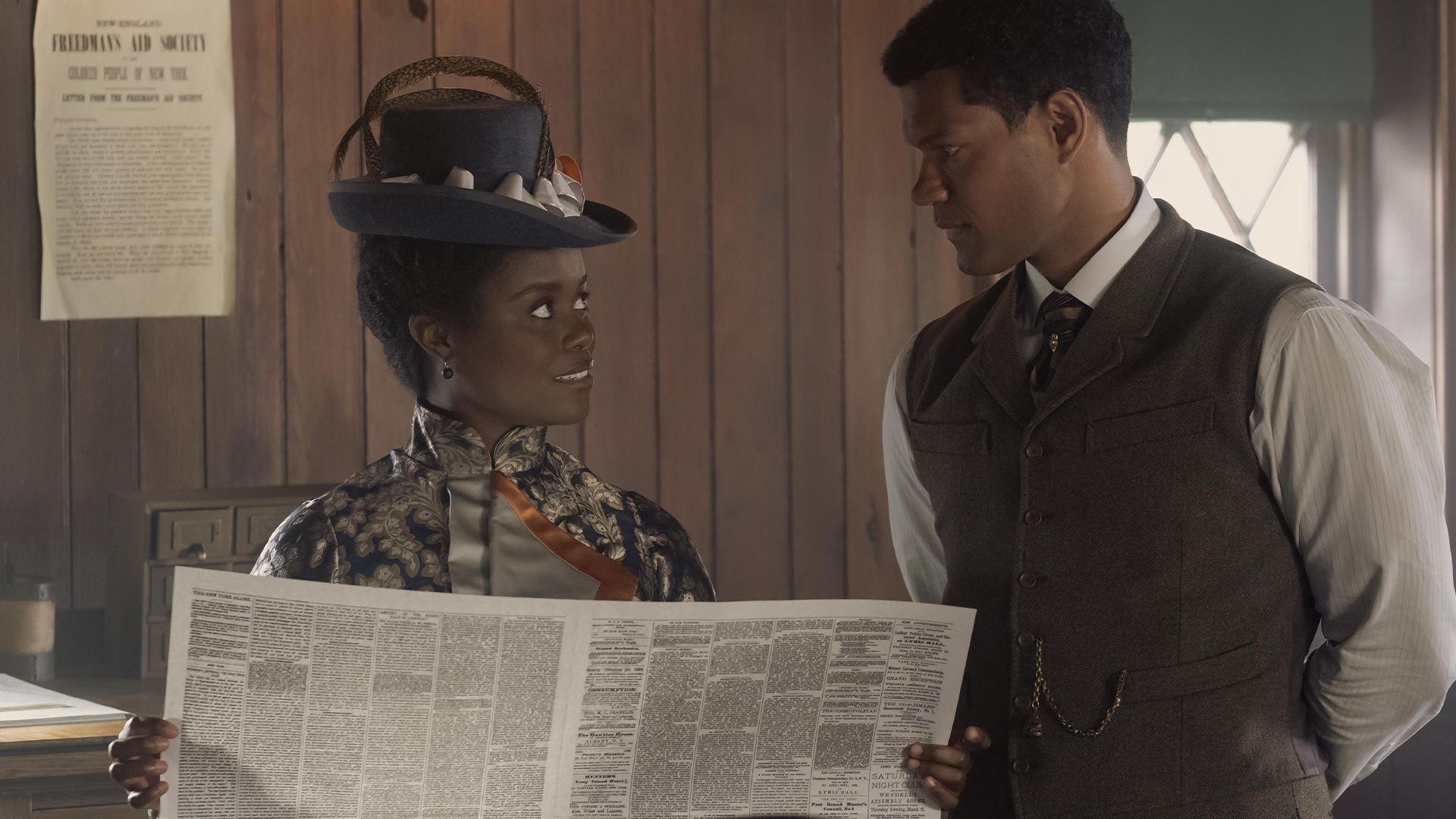
Peggy has her own troubles though. An aspiring writer, she’s having trouble getting published without making massive compromises for New York’s white editors and publishers. In an end-of-season bombshell, it also turns out that Peggy had a marriage forcibly annulled after a miscarriage. Only it wasn’t a miscarriage (!!!) and her child is potentially alive and living in New York City!
The ensemble is so packed with memorable characters that it’s impossible to cover them all. There’s gay cousin Oscar (Blake Ritson from Mansfield Park), desperately in search of a ‘beard’ and the clotheshorse for some of the series’ most beautiful costumes. Nathan Lane is gloriously hammy as real-life ‘arbiter of social taste’ Ward McAllister (think…. Foghorn Leghorn as Jeeves).
But there are two characters that really steal the show—to the extent that they now have top billing on the Gilded Age Wikipedia page—Marian’s neighbours, Bertha and George Russell (Carrie Coon and Morgan Spector). The Russells are big-time new money. They’re railroad tycoons trying to make their mark on the stuffy aristocratic society of New York, come hell or high water. They’re also sexy, charming, and quite evil, with at least one death to their name in season one and a few more depending on your accounting.
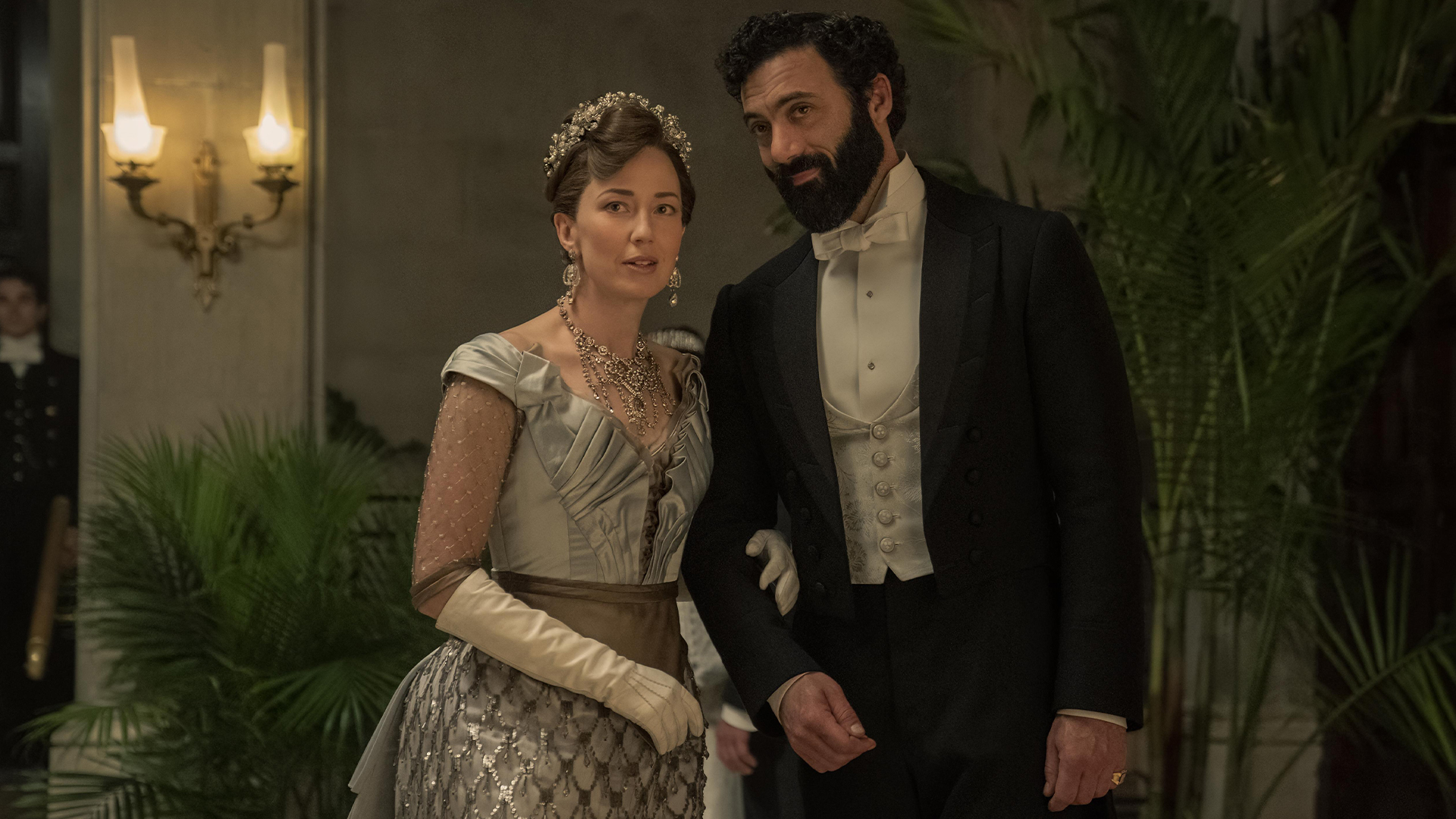
If all that whet your appetite for some juicy historical drama, then season two of The Gilded Age delivers in spades. Gorgeously filmed, decorated, and costumed, the sepia and pastel-toned shots are strikingly evocative—calling to mind impressionist painting, antique watercolours, and early photography, without ever landing too on the nose.
What is on-the-nose (in the most charming way possible), are the larger-than-life cameos from 1880s celebrities. Aside from the return of Ward McAllister, the appearance of a wonderfully ridiculous and winkingly wise Oscar Wilde is an absolute season highlight. And while the Brooklyn Bridge is a character in its own right, you might learn something fascinating about who discovered it.
Marian is getting herself back into trouble with her Aunt Agnes by teaching watercolours at the local primary school and failing to find anybody suitable to marry. Aunt Ada on the other hand, seems to have found a close companion in the new soul mate.
Peggy is on assignment with her newspaper, travelling across the Mason-Dixon line to interview Booker T. Washington about his new school—which is obviously extremely dangerous. And Oscar has his eyes set on a new woman to finally render him respectable.
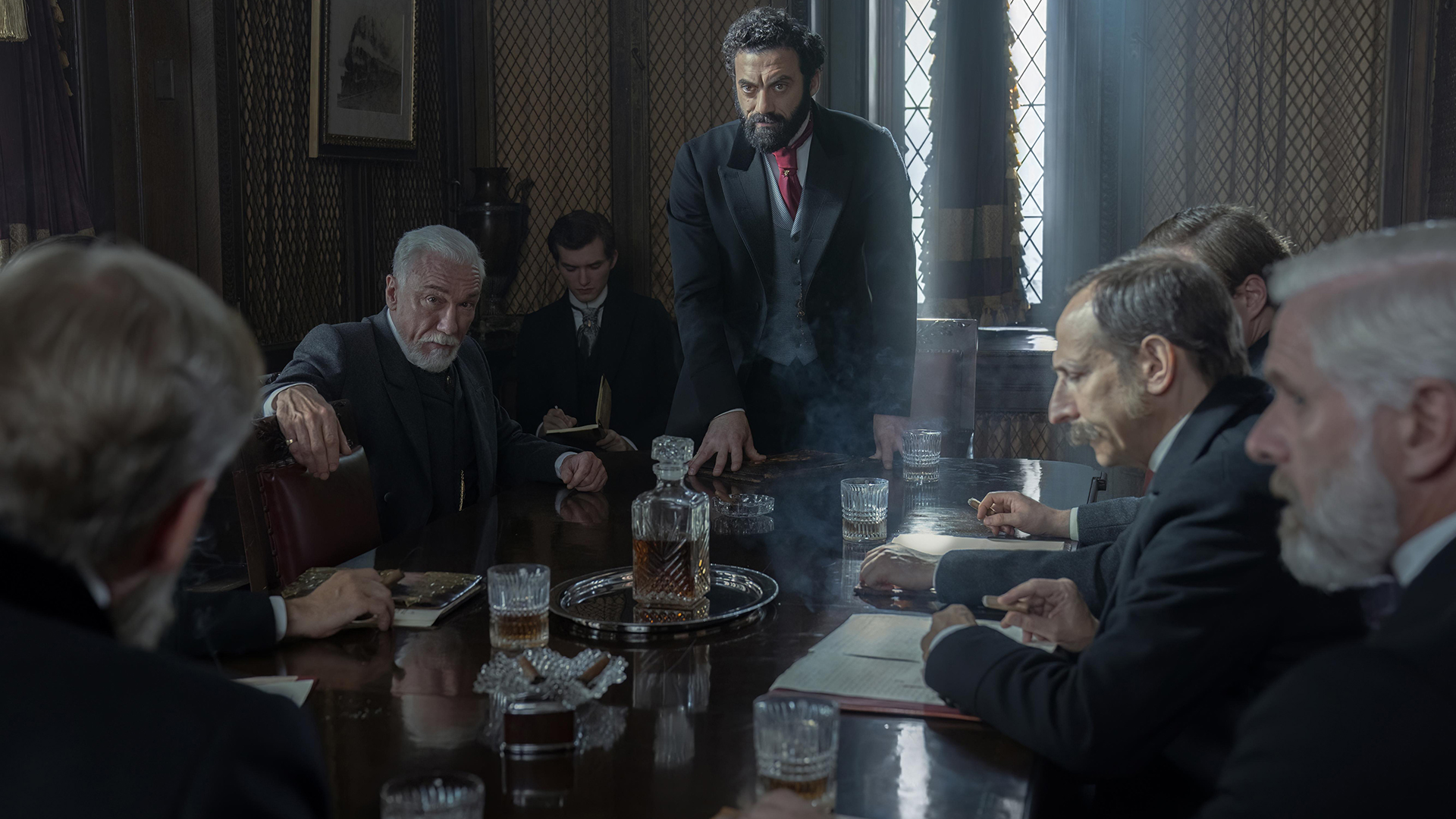
But the main battle of the season is in the Russells’ arena—the showdown between the old established Academy of Music, and Bertha’s opera house of choice, The Metropolitan Opera House. Meanwhile, George is getting up to his neck in union-busting as he tries to stop some industrial action at one of his work sites. If that wasn’t enough, an old enemy of the Russells emerges more powerful than ever before.
It’s a masterfully woven web of pettiness, violence, gorgeous gowns, and downright evil amounts of money. Where season one took its time in setting up the mechanisms of its little clockwork world, season two dives right into the action—giving us even more time for social subterfuge, stunning setpieces, slightly sketchy historical speculation, and a surprisingly compelling season-long B-plot about inventing an alarm clock. After watching this new season, it’s looking like The Gilded Age may just be golden after all.

